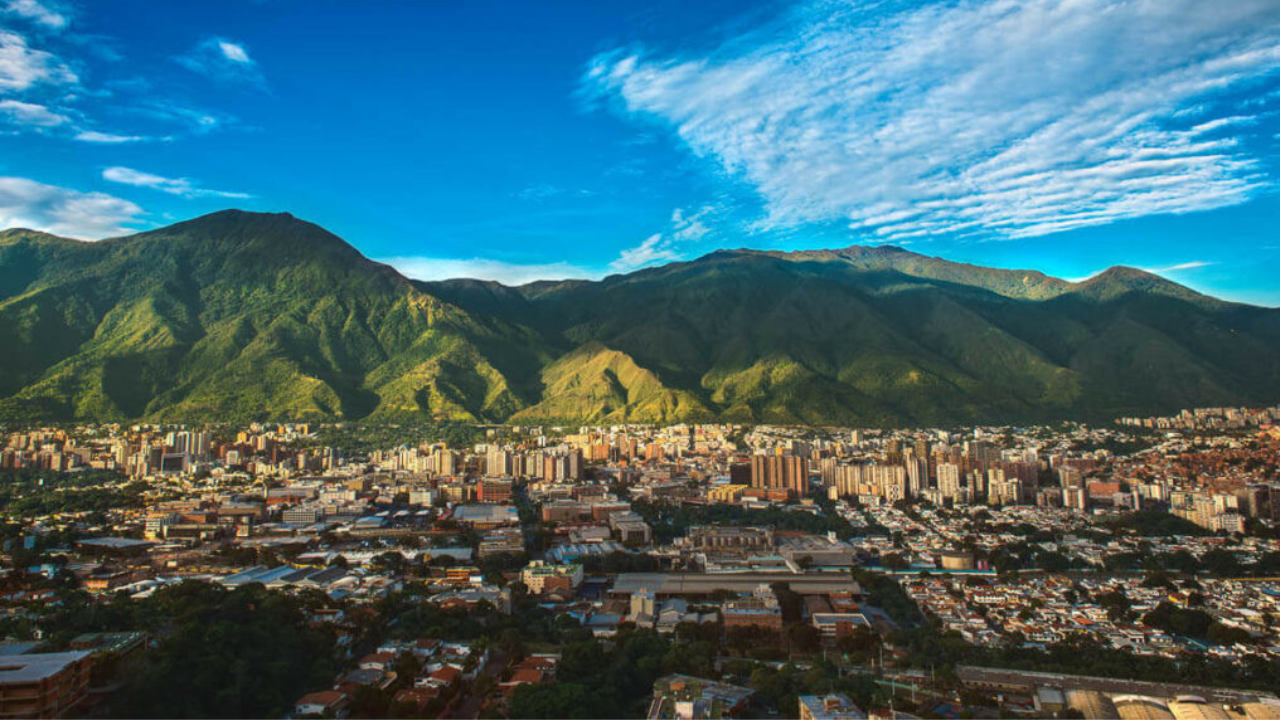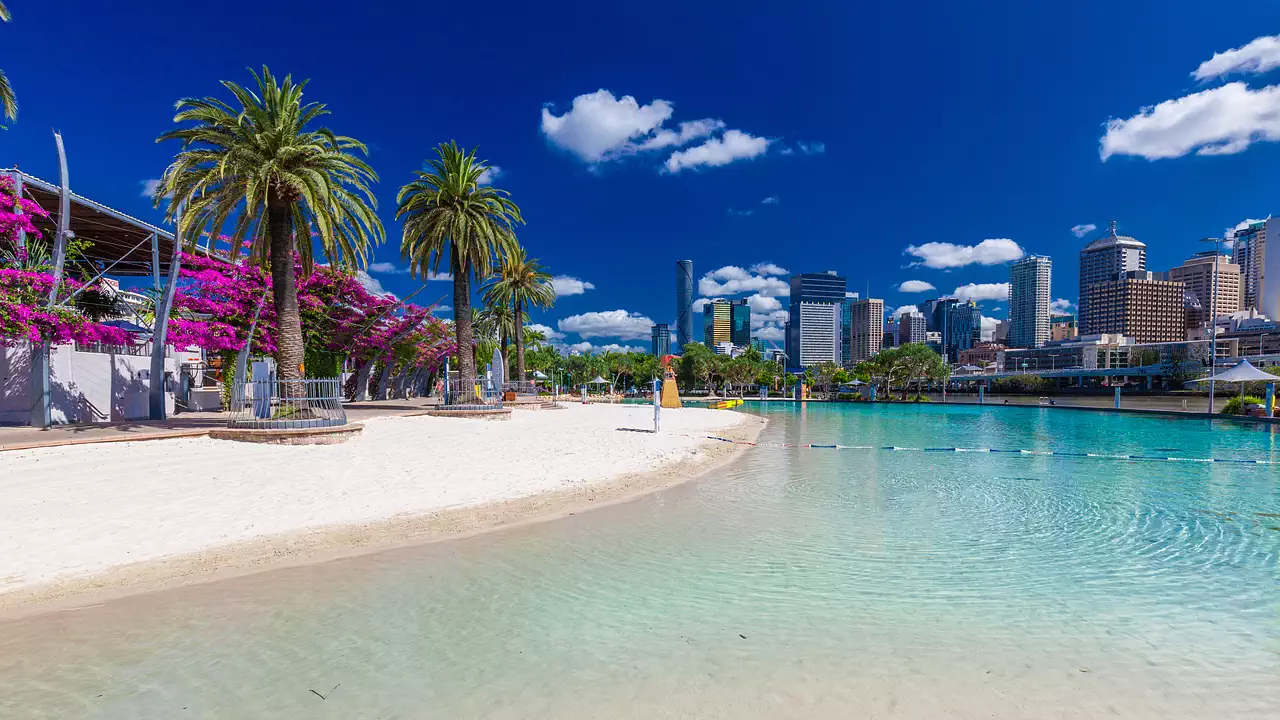The Kaluts Desert, nestled within Iran’s UNESCO-listed Lut Desert, is one of the planet’s most mesmerizing and extreme landscapes. Located near the oasis village of Shahdad in Kerman Province, this surreal expanse of wind-sculpted sand formations, known as yardangs or “sand castles,” feels like a scene from a sci-fi epic. As of May 6, 2025, the Kaluts remain a bucket-list destination for adventure travelers, offering breathtaking sunsets, starlit skies, and a glimpse into ancient geological wonders. This article guides you through planning a trip to the Kaluts, exploring its unique attractions, cultural highlights, and practical tips, drawing on insights from travel blogs, local expertise, and recent visitor experiences on platforms like X. Whether you’re an intrepid explorer or a nature enthusiast, a journey to the Kaluts promises an unforgettable adventure.
Why Visit the Kaluts Desert?
The Kaluts, part of the Dasht-e Lut (Emptiness Plain), are renowned for their dramatic beauty and extreme conditions. Spanning 11,000 square kilometers, this UNESCO World Heritage Site is one of the hottest and driest places on Earth, with surface temperatures recorded at 70.7°C (159.3°F) at Gandom Beryan, a volcanic plateau north of the Kaluts. Yet, it’s the region’s geological marvels—towering yardangs formed by 20,000 years of wind and water erosion—that draw visitors. These natural sculptures, some rising 200 meters, resemble a lost city or Martian landscape, as noted in a 2024 Against the Compass guide. The area’s isolation, coupled with its starry nights and serene silence, offers a profound escape from modern life.
The Kaluts also hold cultural significance. Shahdad, the gateway to the desert, is an oasis with 5,000-year-old ruins and caravanserais, reflecting ancient civilizations that thrived despite the harsh environment. A 2021 Cheeky Passports post described Shahdad as a “real Arabia” oasis, with palm-shaded handicraft shops and eco-lodges. For travelers, the Kaluts combine adventure, natural beauty, and cultural immersion, making it a highlight of any Iran itinerary.
Planning Your Trip: When and How to Visit
Best Time to Visit
The Kaluts’ extreme heat makes timing crucial. Summer (May–September) sees unbearable temperatures, often exceeding 50°C, rendering daytime exploration dangerous. The best months are autumn (October–November) and winter (December–March), when daytime temperatures range from 15–25°C, and evenings are cool, ideal for stargazing. Spring (April–May) is also pleasant, with mild weather and fewer crowds, as recommended by a 2025 TasteIran guide. Avoid peak summer, though evenings can be tolerable due to the dry climate.
Getting to Kerman and Shahdad
Kerman, the provincial capital, is the primary gateway to the Kaluts, located 100 km (a 1.5–2-hour drive) from Shahdad. Kerman is well-connected:
- By Air: Kerman International Airport offers domestic flights from Tehran, Isfahan, and Shiraz (e.g., IranAir, ~$50–$100 one-way) and international routes from Dubai. Book via 1stQuest for convenience.
- By Bus: VIP buses from Shiraz (7 hours, ~$10) or Yazd (5 hours, ~$8) are affordable and comfortable, with schedules on 1stQuest. Buses arrive at Kerman’s main terminal.
- By Train: Overnight trains from Tehran (14 hours, ~$15) offer a scenic, budget-friendly option.
From Kerman, reach Shahdad by:
- Taxi: A private taxi costs ~$20–$30 one-way, bookable via hotels like Akhavan.
- Bus: Local buses to Shahdad (~2 hours, ~$5) are less frequent; confirm schedules at Kerman’s terminal.
- Tour: Most visitors opt for guided tours from Kerman, which include transport and a 4WD desert safari, costing $30–$100 per person, depending on inclusions.
Tour Requirements
The Kaluts are in a sensitive region near Afghanistan, with a history of smuggling, making independent travel risky. A 2024 Against the Compass article recounted two travelers arrested for exploring without a guide, highlighting the need for authorized tours. Guided tours, mandatory for foreigners, use 4WD vehicles to navigate the isolated desert and ensure safety. Operators like VisitKalouts or Akhavan Hotel in Kerman offer day trips or overnight experiences, often including stops at nearby attractions like Rayen Citadel or Shazdeh Garden. A 2025 X post by @VisitIran3 praised the Kaluts’ wind-sculpted forms, recommending professional guides like Ali from VisitKalouts for their expertise and hospitality.
Exploring the Kaluts: Top Attractions and Activities
The Kaluts Yardangs: Nature’s Masterpiece
The Kaluts’ defining feature is its yardangs—massive sand and mud formations sculpted by wind and the Roodshur River, the Lut Desert’s only permanent water source. Stretching 145 km long and 70 km wide, these “sand castles” create a surreal landscape, often compared to a Star Wars set. A 2024 Adventures of Lil Nicki post described the Kaluts as “eerily quiet and serene,” with formations unlike any other desert, from Utah to Oman. Visitors can walk barefoot on the cool sands in winter, climb the ridges, or photograph the ever-changing shapes, which shift with the 120-day winds from June to October.
- Sunset and Sunrise: Watching the sun set or rise over the Kaluts is a highlight, casting golden hues across the formations. A 2021 Lost With Purpose photo essay captured the “superb” sunrise, recommending an overnight stay to experience both.
- Stargazing: With no light pollution, the Kaluts offer a dazzling view of the Milky Way. A 2024 VisitKalouts review described a magical night under the stars, with guides providing telescopes and tea on carpets.
Shahdad Village: An Oasis Retreat
Shahdad, 30 km from the Kaluts, is a lush oasis contrasting the barren desert. Its palm groves, handicraft shops, and eco-lodges evoke a timeless Arabian vibe. Ancient ruins, including 5,000-year-old caravanserais, hint at its historical role as a trade hub. A 2019 SurfIran guide noted Shahdad’s qanats (underground water channels), showcasing ancient ingenuity. Visitors can explore:
- Local Markets: Buy handmade pottery or dates, a staple of Shahdad’s economy.
- Eco-Lodges: Stay in traditional huts at Stareh Lut or Shahdad Camp, offering authentic meals and desert views (~$20–$50/night).
- Dwarf City: A nearby archaeological site, believed to be an ancient settlement, adds intrigue, though access requires a guide.
Adventure Activities
The Kaluts cater to thrill-seekers with:
- Desert Safari: 4WD tours navigate dunes and nebkas (sand mounds around gaz trees), costing ~$50–$80 per person.
- Camel Rides: A traditional way to explore, available through eco-camps (~$10–$20/hour).
- ATV Rentals: Ride across dunes for an adrenaline rush (~$30/hour).
- Trekking: Guided hikes through the Kaluts’ ravines and sinkholes offer a closer look at the geology, as per a 2024 IranOnAdventure guide.
Nearby Attractions
Enrich your trip with stops en route from Kerman:
- Rayen Citadel: A 1,000-year-old adobe fortress, 100 km from Kerman, resembling Bam Citadel but better preserved (~$5 entry).
- Shazdeh Garden: A UNESCO-listed Persian garden in Mahan, 40 km from Kerman, with fountains and greenery (~$3 entry).
- Gandom Beryan: The “toasted wheat” plateau, the hottest spot on Earth, is accessible only with specialized tours due to its extreme conditions.
Cultural and Practical Insights
Cultural Immersion
Shahdad’s residents, known for their hospitality, welcome visitors with chai and home-cooked meals, often featuring dates and kebabs. A 2024 VisitKalouts review praised guide Ali for sharing local stories over a desert campfire. Respect local customs by dressing modestly (long sleeves, headscarves for women) and avoiding photography without permission, especially in villages. Engaging with locals, as suggested in a 2024 IranTravelingCenter guide, deepens the experience, offering insights into desert life.
Safety Considerations
The Kaluts’ remote location and sensitive border proximity require precautions:
- Guided Tours: Mandatory for safety and legal reasons, as per a 2024 Against the Compass warning about arrests.
- Weather: Carry sunscreen, hats, and 2–3 liters of water per person, even in winter, to combat dehydration.
- Security: The area is generally safe for tourists, but stick to guided routes to avoid restricted zones, as noted in a 2021 Lost With Purpose post.
Budget and Costs
A trip to the Kaluts is affordable:
- Transport: Bus to Kerman (
$5–$10), taxi to Shahdad ($20). - Tours: Day trips (
$30–$50), overnight tours ($80–$150, including meals and lodging). - Accommodation: Eco-lodges in Shahdad (
$20–$50/night), hotels in Kerman like Akhavan ($30–$60). - Food: Local meals cost $5–$10; pack snacks for the desert.
- Total: A 2-day trip from Kerman, including tours, lodging, and meals, averages $100–$200 per person.
Visa and Insurance
Most nationalities require a pre-arranged Iran visa (~$50–$100, via 1stQuest or embassies). Due to sanctions, standard travel insurance may not cover Iran, but IATI Insurance offers policies with a 5% discount via Against the Compass. Check visa requirements early, as processing can take weeks.
Challenges and Tips for a Smooth Trip
Challenges
- Heat: Even in winter, midday can feel warm; plan activities for early morning or late afternoon.
- Isolation: No public transport exists in the Kaluts, and mobile coverage is spotty, making tours essential.
- Language Barrier: English is limited in Shahdad; guides or translation apps help bridge the gap.
- Crowds: While less touristy than Yazd or Isfahan, peak seasons (November, April) see more visitors, so book tours early.
Top Tips
- Book a Guided Tour: Use reputable operators like VisitKalouts or Akhavan Hotel for safety and convenience. A 2025 X post by @VisitIran3 highlighted their professionalism.
- Pack Smart: Bring layers for cool nights, sturdy shoes for trekking, and a camera for the stunning vistas.
- Stay Overnight: A 2024 Adventures of Lil Nicki post regretted a day trip, recommending an overnight stay for sunrise and stargazing.
- Combine Attractions: Include Rayen Citadel and Shazdeh Garden for a richer experience, as per a 2021 Cheeky Passports itinerary.
- Check Weather: Avoid high winds or rare storms, which can disrupt tours, as advised in a 2023 OrientTrips guide.
Why the Kaluts Stand Out
The Kaluts Desert offers a rare blend of natural wonder and cultural depth. Unlike more accessible deserts like Morocco’s Sahara, the Kaluts’ isolation preserves its pristine beauty, as noted in a 2024 SurfIran guide. Its UNESCO status underscores its global significance, with unique features like nebkas, salt lakes, and the Roodshur River setting it apart. Shahdad’s oasis charm, with its ancient heritage and warm hospitality, adds a human touch to the stark landscape. A 2021 Lost With Purpose essay described the Kaluts as a humbling reminder of nature’s scale, where “humans feel infinitesimally small.”
For adventure seekers, the Kaluts deliver thrills—safaris, camel rides, and treks—while photographers and stargazers find endless inspiration. Compared to Iran’s Maranjab or Dasht-e Kavir deserts, the Kaluts’ dramatic yardangs and extreme conditions make it a standout, as per a 2024 IranOnAdventure comparison.
Conclusion: Your Kaluts Adventure Awaits
A trip to the Kaluts Desert is a journey into the heart of Iran’s wild beauty, where wind-carved sand castles rise against a backdrop of endless skies. From Shahdad’s palm-fringed oasis to the surreal landscapes of the Lut Desert, this adventure blends adrenaline, serenity, and cultural discovery. As TasteIran noted in 2025, the Kaluts are a “land of immortality,” where nature’s artistry captivates every visitor. Whether you’re watching the sunrise over towering yardangs or sipping chai under a starlit sky, the Kaluts etch themselves into your memory.
Plan your trip via operators like visitkalouts.com, follow X for local insights (e.g., @VisitIran3), and aim for autumn or winter 2025 to enjoy mild weather. With affordable costs, expert guides, and a landscape unlike any other, the Kaluts beckon as Iran’s ultimate desert escape. Pack your sense of wonder, respect the desert’s power, and embark on an adventure that transcends the ordinary.



